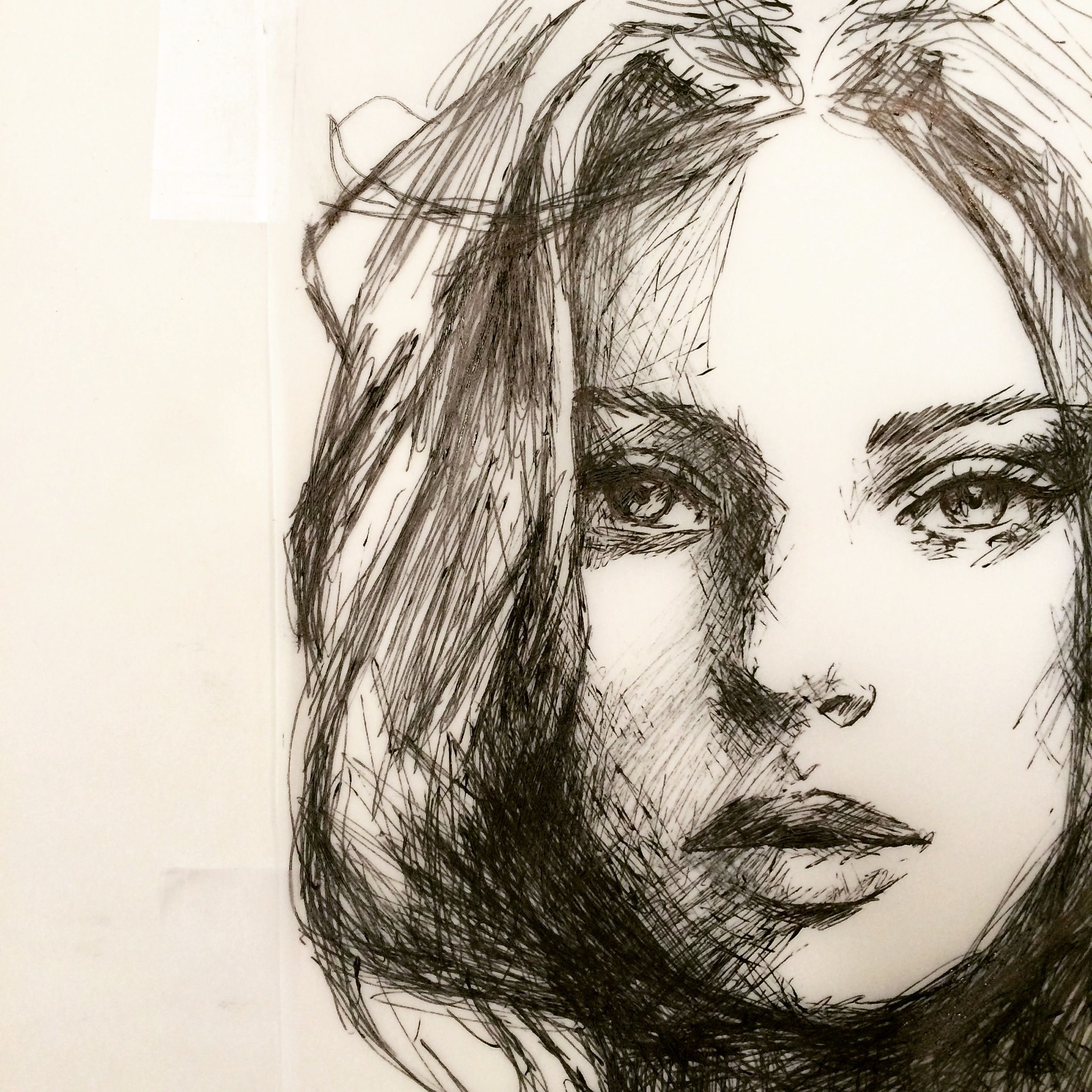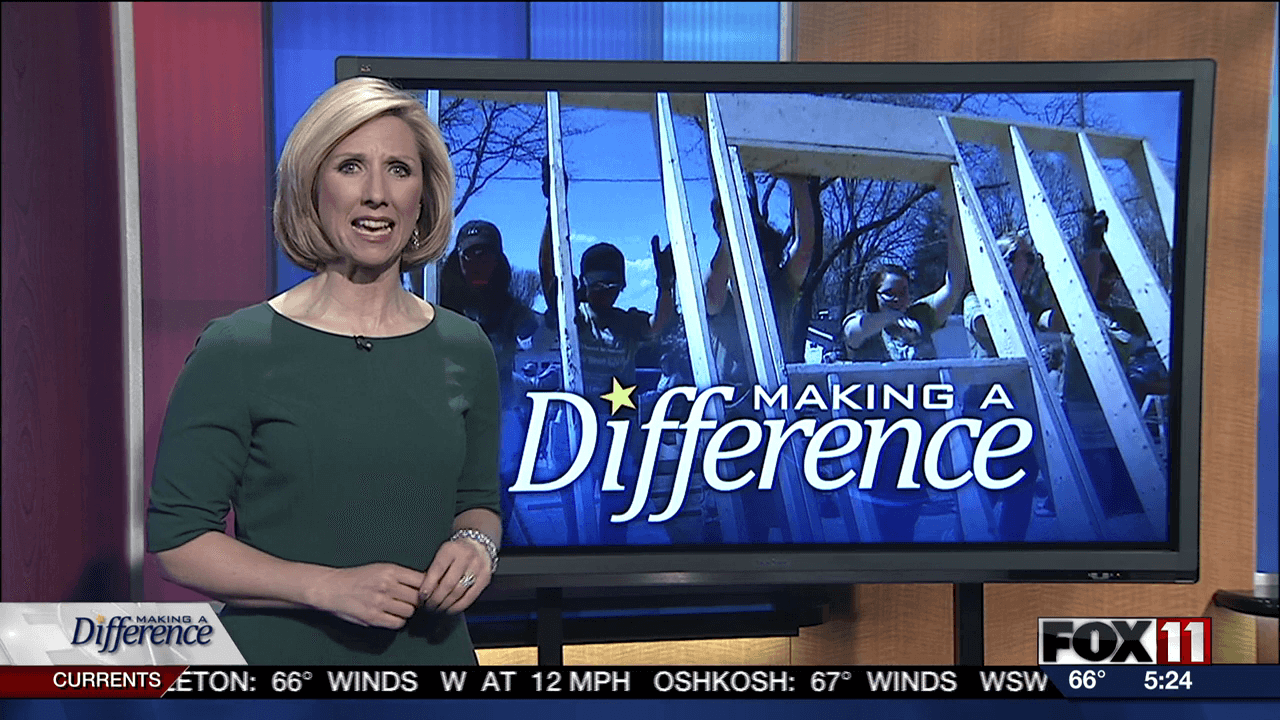Teen Entertainment in the 1960s: A Nostalgic Journey Through Music, Movies, and More
The music revolution that define a generation
If you were a teenager in the 1960s, music would have been the heartbeat of your social life. This decade witness an unprecedented explosion of musical innovation that transform not simply entertainment, but culture itself.
The early 60s begin with the remnants of 50s rock and roll, but everything change when four mop top British musicians step off a plane in 1964. The Beatles trigger the British invasion, a wave that bring bands like the Rolling Stones, the who, and the kinks to American shores. Teens would save allowance money to purchase vinyl records, typically cost around $3.98 for an album.
Record players become the centerpiece of teen bedrooms. Portable models like the RCA victor allow you to take your music to friends’ houses for listen parties. The more fortunate might own a console stereo system – furniture sized investment that oftentimes sit proudly in family live rooms.
Radio remain king for discovering new music. As a teen, youBelizeike have a transistor radio – possibly hide under your pillow for late night listen to stations liWACabc iNew Yorkrk owasls iChicagogo. These stations play the countdown of top hits, anDJsjs become celebrities in their own right.
From folk to psychedelic: the evolving soundtrack
The musical journey of the 60s was remarkable. Betimes in the decade, folk music flourish with artists like Bob Dylan, Joan Baez, and peter, Paul and Mary provide thoughtful commentary on social issues. By mid-decade, California surf music from the beach boys capture the carefree spirit of youth.
As the decade progress, music become more experimental. Psychedelic rock emerge with bands like Jefferson airplane and the doors push boundaries. The culmination come with the Woodstock music festival in 1969, where virtually half a million young people gather in a celebration of music and counterculture.
Teen dance shows become television phenomena. American bandstand, host by dick Clark, wasn’t exactly entertainment – it was a fashion guide, dance instructor, and hitmaker all in one. Regional show like hullabaloo and shindig follow the format, give teens a daily dose of the latest music and dance moves.
The silver screen: movies and drive in culture
Cinema in the 1960s offer teens an escape and a reflection of their change world. Unlike today’s streaming options, see a movie was an event. Downtown movie palaces with ornate architecture and plush seating create an atmosphere of grandeur for scarcely 75 cents to a dollar admission.
Drive in theaters reach their peak popularity during this decade. For teenagers with access to cars, these outdoor venues provide the perfect blend of entertainment and privacy. A carload of friends could enjoy a double feature under the stars, share popcorn from the concession stand and conversations between scenes.
The movies themselves evolve dramatically throughout the decade. Early 60s teens enjoy beach party films star Frankie Avalon and Annette Monticello –lightheartede fare with catchy music and innocent romance. Bmid-decadedeJames Bondnd films introduce a more sophisticated brand of adventure and glamour.
As the decade progress, movies begin address more serious themes. Films like the graduate (1967 )speak straightaway to the generational divide many teens were experience. Science fiction reach new heights with 2001: a space odyssey ( (68 ),)xpand minds already open to new possibilities.
The rise of teen idols and movie stars
Teen magazines like tiger beat and 16 magazine fuel the celebrity obsession. As a teen, you might have plastered your bedroom walls with pull out posters of stars likPaul McCartneyeyDavyvJoneses of thmonkeyses, or actors like troDonahueue anSandrarDeeee.
These publications offer more than simply photos – they provide a sense of connection to favorite stars through interviews, behind the scenes features, and evening advice columns purportedly write by celebrities. Monthly issues become treasured possessions, trade among friends and scrutinize for every detail.
Television: to expand medium
Television solidify its place as the dominant home entertainment medium during the 1960s. Most homes have one TV set, typically locate in the living room, make view a family affair. For teens, this mean negotiates with parents and siblings for control of the dial – no small matter when there be lone three major networks.
Betimes in the decade, programs like the adventures of Ozzie and Harriet and leave it to beaver portray idealize family life. As a teen viewer, you might have related to the mild rebellions of characters like beaver cleaver orRickyy nelson, regular as these shows reinforce conventional values.
By mid-decade, programming begin reflect broader cultural changes. The mod squad feature hip young undercover cops with counterculture credentials. Star Trek present a utopian future of diversity and scientific advancement. The twilight zone use science fiction to comment on contemporary society.
Music television before MTV
Music center TV shows become essential view for teens. The Ed Sullivan show, though not only for young viewers, become the premier showcase for new musical acts. The show’s Sunday nighttime slot make mMondaymorning discussions about the previous night’s performances a school ritual.
Former in the decade, the monkeys bring a Beatles inspire comedy series to television, blur the line between fictional characters and actual recording artists. Their catchy songs and zany antics make them teen sensations, despite criticism about their manufacture nature.
Variety show like the smothers brothers comedy hour push boundaries with satire and controversial musical guests, reflect the growth political awareness among teens. These programs sometimes become battlegrounds for the generation gap, with content that entertain youth while concern parents.
Social life and hangout spots
Teen social life in the 1960s center around physical gathering places. Unlike today’s digital connections, friendships were maintained through face to face interactions in locations that become iconic to the era.
The local malt shop or diner serve as an after school headquarters. For the price of a hamburger (approximately 20 cents ) french fries, and a milkshake, you could claim a booth for hours of conversation, flirtation, and planning weekend activities. Jukeboxes provide the soundtrack, with each song cost a nickel.
Bowling alleys offer affordable entertainment and a casual atmosphere for socialize. League nights create regular gatherings, while open bowling provide a low pressure activity for dates or friend groups. The distinctive fashion of rental shoes and the satisfy crash of pins become part of the sensory landscape of teen life.

Source: Animalia life.club
School dances and sock hops
School gymnasiums transform into dance venues on Friday nights. Sock hops (name because students remove their shoes to protect the gym floor )feature local bands or record players spin the latest hits. These dances establish social hierarchies, launch romances, and create memories that would last a lifetime.
More formal dances – homecoming, winter formal, and prom – require elaborate preparation. Boys rent tuxedos or wear their best suits, while girls shop for special dresses, ofttimes make by mothers or local seamstresses. Corsages, photographs, and after parties make these events major milestones.

Source: childrenofthe60s.weebly.com
Hobbies and activities
Teenage hobbies in the 1960s oftentimes involve creativity and hands on skills. Model building was staggeringly popular, particularly among boys. Plastic kits of cars, planes, and ships require patience and precision. The smell of model glue and enamel paint would have been familiar to many teen bedrooms.
For musically inclined teens, garage bands proliferate. Inspire by professional groups, friends gather with guitars, drums, and amplifiers to create their own sound. Some remain bedroom hobbyists, while others perform at school dances and local venues, dream of discovery.
Photography enthusiasts use 35 mm cameras and home darkrooms to develop black and white images. The process was chemical, tactile, and sometimes magical – watch images appear on blank paper in development trays create a sense of accomplishment impossible to replicate with digital technology.
Read and literary pursuits
Despite the growth of visual media, reading remain an important part of teen life. Paperback books were affordable and portable. Girls might have devoured romance novels or mysteries, while boys gravitate toward science fiction, sports stories, or war adventures.
Comic books continue their popularity, with Marvel Comics introduce more complex characters and storylines. Spider-Man, create in 1962, resonate with teens through his relatable problems balance ordinary life with extraordinary abilities.
Underground comics emerge recent in the decade, address topics mainstream publications avoid. These edgier materials circulate among older teens, part of a growth counterculture that question establish values.
Sports and physical activities
Sports play a central role in the 1960s teen culture, both as participation activities and spectator events. School athletics create community identity and social structure. Football games becFridayiday night rituals, complete with marching bands, cheerleaders, and post game celebrations or consolations.
Basketball’s fast pace and accessibility make it popular in cities and rural areas like. The rise of professional basketball stars like wilt chamberlain and bill Russell provide inspiration for playground games and school teams.
Surf capture the imagination yet for teens who live nowhere near oceans. The aesthetic – board shorts, Pendleton shirts, and bleach hair – influence fashion countrywide. Surf films and the beach boys’ music transport landlocked teenagers to California beaches, at least in spirit.
Cars and car culture
For many teens, especially boys, cars represent the ultimate freedom. Work after school and weekends to afford a use vehicle was a common goal. Formerly acquire, cars become projects – customize, maintain, and improve with whatever funds could be scraped unitedly.
Car culture spawn its own entertainment. Drag racing (sometimes legal, sometimes not )attract spectators and participants. Drive in restaurants like a&A&Amploy carhops who bring trays of burgers and root beer to vehicles fill with hungry teenagers.
Yet those overly young to drive participate in car culture through model building, magazine reading, and endless discussions about horsepower, body styles, and performance modifications. The distinctive designs of 1960s automobiles – from mustangs to GMOs – become visual icons of the era.
Games and party entertainment
Board games provide entertainment during family gatherings and teen get together. Classics like monopoly and scrabble remain popular, while new games reflect current interests. Mystery date capture the excitement and anxiety of romantic encounters, while risk appeal to strategically minded players.
Card games require no special equipment beyond a standard deck. Poker, hearts, and rummy fill hours during summer vacations or winter snow days. Gambling was oftentimes symbolic – use matchsticks or keep score kinda than actual money.
Party games create memorable moments at teen gatherings. Spin the bottle and similar activities provide structured opportunities for flirtation. Charades showcase perform talents, while scavenger hunts take groups into neighborhoods for friendly competition.
The birth of video games
Though primitive by today’s standards, the really first video games emerge in the 1960s. Space war!, develop atMITt in 1962, become the first wide know computer game. While few teens have access to the massive computers requireplayingy it, the concept of electronic gaming had been bear.
Pinball machines, the mechanical predecessors to video games, reach their golden age during this decade. Arcades and bowl alleys feature rows of these machines, with teens develop skills and techniques to maximize play time on a single quarter.
Fashion as entertainment
Fashion in the 1960s wasn’t upright about cover the body – it was a form of entertainment and self-expression. Styles change dramatically throughout the decade, reflect broader cultural shifts.
Early 60s teens dress guardedly – boys in press slacks and button down shirts, girls in circle skirts and sweater sets. By mid-decade, the British invasion brings mod fashion – geometric patterns, bold colors, and mini skirts for girls; slim suits and longer hair for boys.
Later years see still more variety. Some teens embrace hippie aesthetics with bell-bottoms, fringe vests, and flow fabrics. Others maintain more mainstream looks while incorporate elements of counterculture style. The diversity reflect grow individualism among young people.
Shop as social activity
Mall culture begin its ascendancy during the 1960s. These climate control shopping centers become teen gathering places – locations to see and be seen as practically as to purchase items. Food courts, fountains, and open spaces provide venues for socialize without explicit parental supervision.
Fashion magazines like seventeen guide purchasing decisions and provide aspirational images. For budget conscious teens, sewing remain an important skill. Pattern companies like butte rick and simplicity create designs base on runway trends, allow home sewers to create fashionable garments at fraction of retail prices.
The influence of politics and social movements
The 1960s witness tremendous social upheaval that now affect teen entertainment and culture. Civil rights movements, anti-war protests, and challenges to traditional authority create new awareness among young people.
Folk music provide a soundtrack for social consciousness. Songs like Bob Dylan’s” blowin’ in the wind ” nd pePete Seeger “” ere have all the flowers gone ” ” se questions about war, peace, and justice that resonate with teens develop their own values.
Former in the decade, psychedelic music and culture offer an alternative to mainstream society. For some teens, exploration of consciousness through art, music, and sometimes substances become a form of entertainment that challenge conventional boundaries.
The generation gap
The term” generation gap ” nter popular usage during this decade, describe the unprecedented divide between teenagers and their parents. Entertainment choices oftentimes define this separation – music parents find incomprehensible, movies that challenge traditional values, and fashion that seemed design to provoke.
Television programs begin acknowledge this divide. The mod squad’s tagline –” one black, one white, one blonde ” highlight diversity while its stories much address social issues relevant to young viewers. Eventide family show like the brBradyunch present more contemporary family structures.
Conclusion: a unique moment in teen culture
Being a teenager in the 1960s mean experience entertainment during a period of remarkable transition. The decade begin with entertainment forms recognizable from the 1950s – sock hops, malt shops, and conventional radio – but end with Woodstock, experimental film, and Cultural Revolution.
The entertainment options available to 1960s teens may seem limit by today’s standards of instant digital access. Yet this very limitation create share experiences and cultural touchpoints. When a new Beatles album release, everyone hear it unitedly. When a movie come to town, see it become a community event.
This era of teen entertainment remain influential decades former. The music continue to be celebrated, the films study, and the fashion sporadically revive. More significantly, the spirit of that entertainment – questioning, innovative, and optimistic – continue to inspire new generations discover their own forms of expression and enjoyment.



